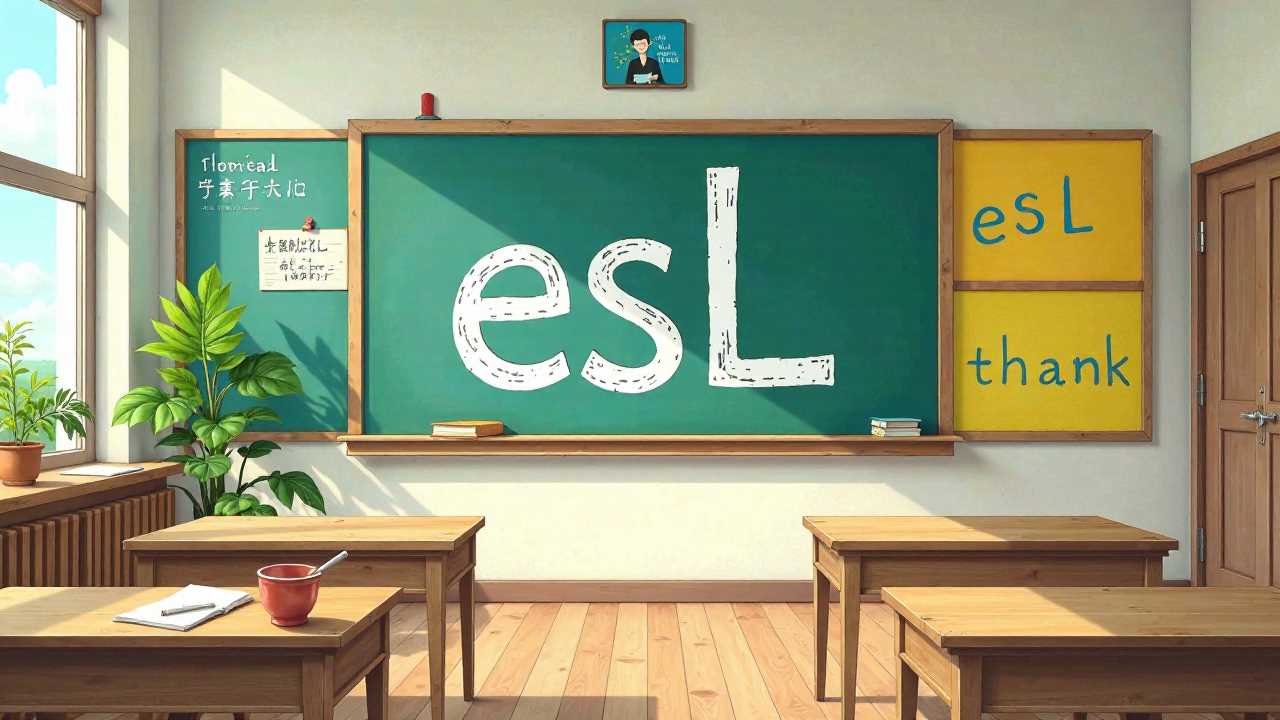
In today's globalized world, English as a Second Language (ESL) instruction plays a pivotal role in facilitating communication and understanding among diverse populations. Effective ESL instruction not only enhances language skills but also supports bilingual education, enabling learners to thrive in multilingual environments. This article explores innovative strategies that educators can implement to optimize ESL instruction, focusing on key areas such as language acquisition, teaching methodologies, curriculum development, professional development, and classroom management.
Understanding Language Acquisition
Language acquisition is a critical component of ESL instruction. It refers to the process through which learners naturally absorb and internalize a new language. To foster effective language acquisition, educators should create immersive learning environments that encourage interaction and practical usage of English. Techniques such as storytelling, role-playing, and collaborative projects can significantly enhance students' engagement and retention of language skills.
Innovative Teaching Methodologies
Adopting innovative teaching methodologies is essential for effective ESL instruction. Strategies such as task-based learning, content-based instruction, and the use of technology can cater to diverse learning styles and preferences. For instance, integrating digital tools like language learning apps and online resources can provide students with additional practice opportunities outside the classroom, reinforcing their language skills and boosting confidence.
Curriculum Development for ESL Learners
Curriculum development is a crucial aspect of ESL instruction. A well-structured curriculum should align with the needs and goals of ESL learners, incorporating relevant themes and real-world contexts. It is important to include a variety of assessment methods to gauge student progress and adapt the curriculum accordingly. By focusing on both language proficiency and cultural competence, educators can prepare students for successful communication in diverse settings.
Professional Development for Educators
Continuous professional development is vital for educators involved in ESL instruction. Workshops, conferences, and online courses can equip teachers with the latest research, strategies, and resources in the field of bilingual education. By investing in their professional growth, educators can enhance their teaching practices, leading to improved student outcomes and a more effective learning environment.
Effective Classroom Management
Classroom management is essential for creating a positive and productive learning atmosphere. Effective ESL instruction requires establishing clear expectations, routines, and a supportive environment that encourages participation. Strategies such as cooperative learning, peer feedback, and culturally responsive teaching can help manage diverse classrooms, ensuring that all students feel valued and engaged in their language learning journey.
In conclusion, unlocking success in English as a Second Language (ESL) instruction involves a multifaceted approach that encompasses innovative strategies in language acquisition, teaching methodologies, curriculum development, professional development, and classroom management. By implementing these strategies, educators can create a dynamic and effective learning environment that empowers students to achieve their language goals and thrive in a bilingual world.
 Careers in EducationElementary EducationHigh School EducationEducational TechnologyTeaching StrategiesSpecial EducationPrivacy PolicyTerms And Conditions
Careers in EducationElementary EducationHigh School EducationEducational TechnologyTeaching StrategiesSpecial EducationPrivacy PolicyTerms And Conditions
